With a focus on boat safety and special accommodations for cruising with kids, you can make boating as a family both enjoyable and safe
Boating can be one of the most enjoyable ways to spend time together as a family. Family boating is a great way to slow down the pace of your daily life – getting back to nature, cruising to new destinations and making family memories that last a lifetime.
Of course boat safety should be at the forefront of all family boating activities. The number one concern for families with kids on a boat – especially young kids – is to keep them safe around water. Whether at the dock, anchored out or going on a cruise, you want to make sure they are comfortable and safe on the water and on a boat.
If you are new to having kids on-board or new to boating as a family, here are some family boating tips to keep everyone safe and ensure comfortable cruising adventures on the water.
Boating Safety and Cruising Tips for Families
From the first time we took our first baby on our boat (at 2 weeks old!), we became very focused on boat safety for kids. As new parents we wanted to be sure we were doing all the right things to ensure our child’s safety on the water. It was also important to make sure our baby was comfortable cruising on the boat because going on boat cruises as a family to all our favorite waterfront destinations was important to us.
Now four year later as we prepare to bring baby #2 on board this coming boating season, we face new challenges in our family boating adventures. We’ll need to juggle two kids on a boat – a baby and a young kid – and ensure their safety as we plan our summer cruises. Luckily we have learned a lot over the years about how to make boat safety a routine practice on the boat for both kids and adults.
Here are some boat safety and cruising tips to keep in mind for families boating with kids.
Boat safety with a baby. Many people wonder if it is safe to have a baby on a boat. As with kids of any age, boating with a baby is safe as long as you take the proper safety precautions. Use an infant life jacket that is sized correctly for a baby. We use an infant life jacket labeled “Infant” that is less than 30 lbs. Never cruise with your baby strapped into a car seat or other device that doesn’t float.
Kids should wear life jackets on or near the water. Young kids should always be in a life jacket if they are near the water. We make sure that the minute we start walking toward the dock we put our four year old daughter into a life jacket. Young toddlers that tend to wander a bit walking down a dock can get easily distracted and fall into the water. Younger kids that don’t necessarily understand water safety yet should be in a life jacket on a dock or even sitting in the cockpit of the boat.
Have enough life jackets for friends. As kids get older, they are going to want to bring friends onto the boat that will need to wear a life jacket. Or, if you invite friends to your boat with young kids you’ll need to make sure you can accommodate them with appropriately sized youth life jackets. You should make sure that you have extra life jackets for a variety of sizes on board for toddlers, kids and adults.
Teach kids how to swim. This is more of a preventative measure, but ensuring your kids know how to swim is one of the best ways to be safe around water. Of course accidents can happen to even the best swimmers if they are careless, but kids that know how to swim will be safer and give you more peace of mind. But even as kids learn how to swim, life jackets or other Coast Guard approved swimming jackets (such as Puddle Jumpers for toddlers) should still be used.
Cruising safely with a baby or kids. One of the biggest challenges of family boating is how to cruise with kids so that everyone is comfortable and safe. As a rule, you should always have two adults on board so that one person can focus on operating the boat and one person can focus on keeping the kids safe and comfortable while cruising.
For a baby, we always put our baby in a lifejacket and held the baby while cruising. Most babies will drift off into a deep sleep as soon as the boat starts moving. And a life jacket with a head support (mandatory for all infant and toddler life jackets) has the added bonus of a built-in pillow to support the snooze cruise. Again, never cruise with a baby strapped into a car seat that doesn’t float. The safest place to have a baby when cruising is in your arms.
Our boat is a fast moving cabin cruiser, so we also have a rule to stay seated while boating. There is always an adult seated next to a kid – either holding them tightly or with an arm around them (depending on the child’s age). If your boat is bigger and handles the water well for a smooth ride, you might also be down in the cabin during a cruise with kids. We are lucky enough to have a larger boat (41 feet) with a nice stable cruise, so we will often go into the cabin and take a nap in the aft cabin bed (the most stable part of the boat). But as a rule we never let kids walk around in the cabin of the boat alone during a cruise. For smaller boats, it is not recommended to have anyone in the cabin while cruising.
Keep kids entertained during cruises. When kids are bored or restless they can get into trouble. Make your family cruises fun for kids by keeping them interested and entertained. Let them sit at the helm with the captain. Get them involved with the cruise by pointing out markers or landmarks and teaching them about how to follow charts as you navigate through your cruise. Have kids watch the waves or wake behind your boat and make hitting wakes from other boats something fun by saying “hold on, here comes a big one… weeee!” You can keep younger kids entertained by letting them hold onto a special toy to keep them company or showing them picture books to keep them occupied during the cruise.
Sun safety for kids and adults on a boat. Sun protection should also be considered an important part of your boat safety practices as a family – and sun safety on boats for kids is especially important. Getting sunburn after spending a long day on the water will not only ruin your day, but it will also increase your risks for skin cancer. Make it a rule to lather up with sunscreen several times throughout the day. Keep shaded by spending time under your canvas and wearing hats and sunglasses.
Docking a boat safely. Maneuvering your boat in and out of a slip with kids on a boat can be a bit challenging. Typically one person should be in charge of operating the boat and one person should be in charge of watching the kids. If you have younger kids, the captain may have to handle the lines and operate the boat alone while the “first mate” tends to the kids. If you are juggling multiple kids, another option is to have them safe in the cabin while two people assist with the lines and docking or leaving a slip. Then, bring the kids back out into the cockpit before you get underway (wearing life jackets of course).
To be safe, also make sure kids know to remain seated and keep hands away from the side of the boat (particularly when passing pilings). Make sure you have a plan when docking your boat or leaving the slip, and then communicate it to the entire family so everyone knows what they should or should not be doing to be safe.
Another consideration for boating families is if the first mate is expecting. Boating while pregnant is safe with proper precautions, but plan for less cruising the further along you are in pregnancy. If you have a smaller boat you may not want to go cruising fast and will definitely want to avoid hitting wakes. Docking can also be a challenge, as a very pregnant first mate should avoid navigating a bow and reaching for lines.
Boat safety courses for your family. There are many boat safety courses available for adults and kids to learn more about how to be a safer boater. In most states young boaters must complete a boat safety course and carry a safety certificate while operating a boat. Be sure to check with your state’s rules before handing over the helm to your older kids for your next cruise.
The most important thing to remember is that a safe boating family is a happy boating family. If you make boating safety a routine practice for your family then your boating activities and cruises will be much more enjoyable for everyone. Establish rules for safety, make sure everyone knows the rules on your boat and always continue to stress the importance of boat safety as a family.
Trending Now: Must-Have Boat Gear for Your Boat Life
Trending Now: Custom Boat Decor
-
Boat Pillow with Boat Name & LAT LONG Coordinates
Quick ViewBuy on Etsy -
Boat Pillow with Boat Name & LAT LONG Coordinates- Black
Quick ViewBuy on Etsy -
Coastal Blue Stripes Bathmat with Anchor & Boat Name
Quick ViewBuy on Etsy -
Custom Boat Mat with Boat Name & LAT LONG Coordinates
Quick ViewBuy on Etsy
Disclosure: This site may contain links affiliated with companies where we receive compensation. Also, as an Amazon Associate we may earn from qualifying purchases we refer but it does not impact the price you pay. Full disclosure policy.


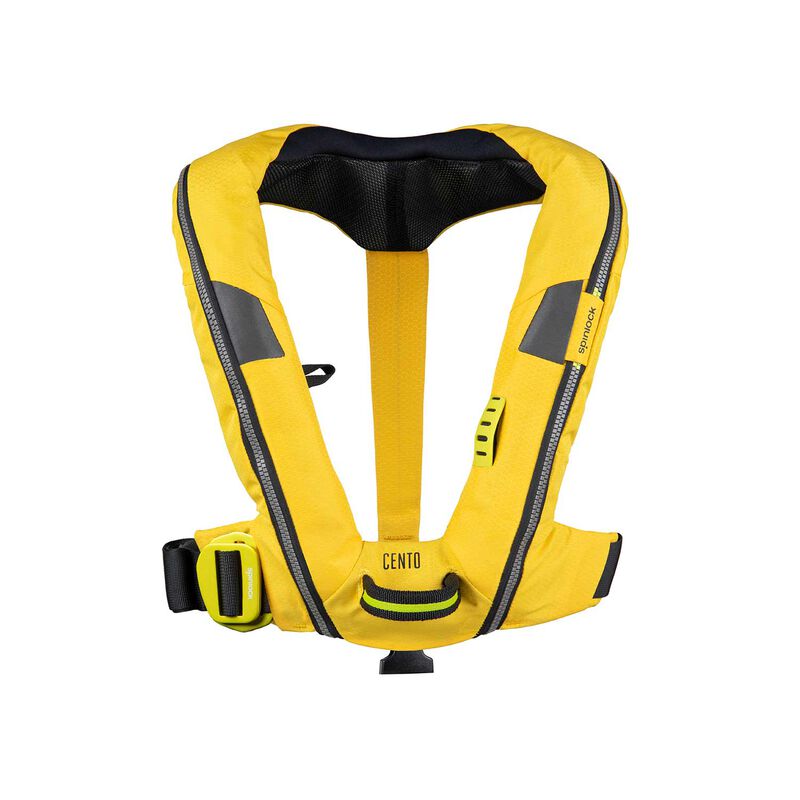
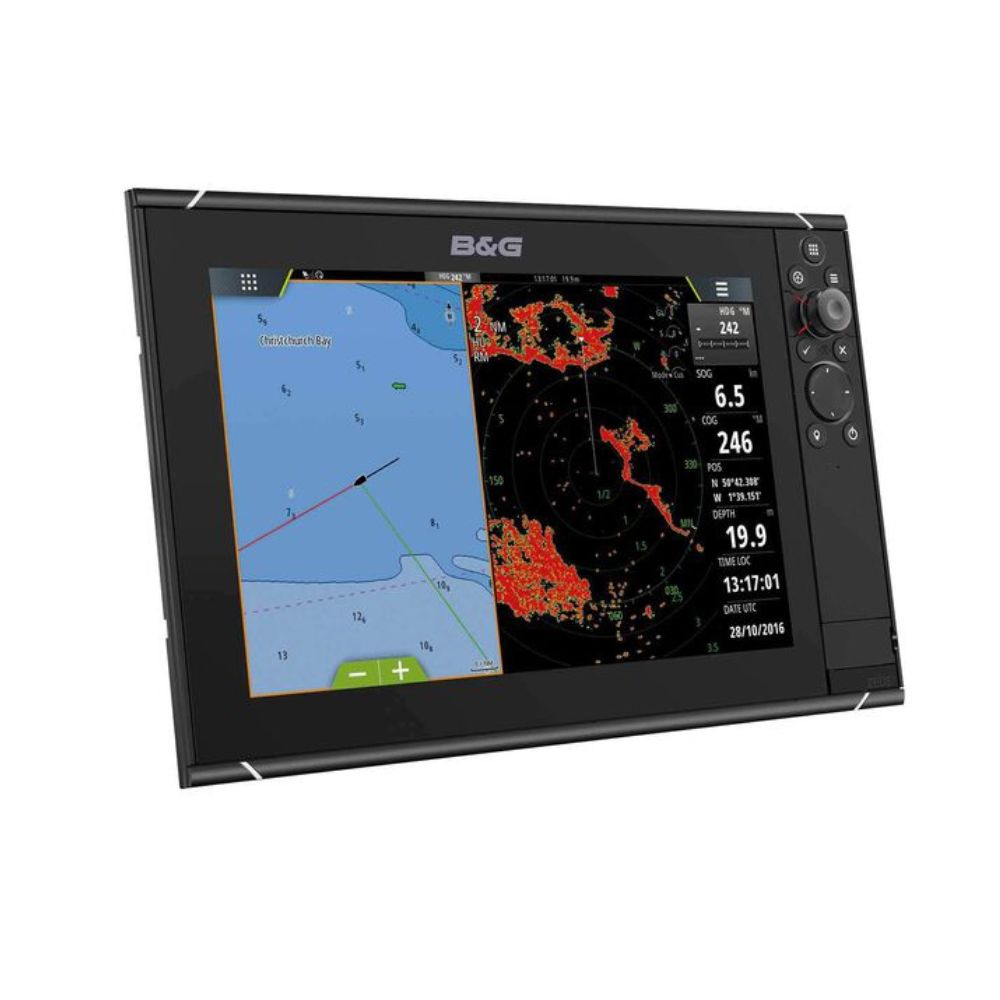
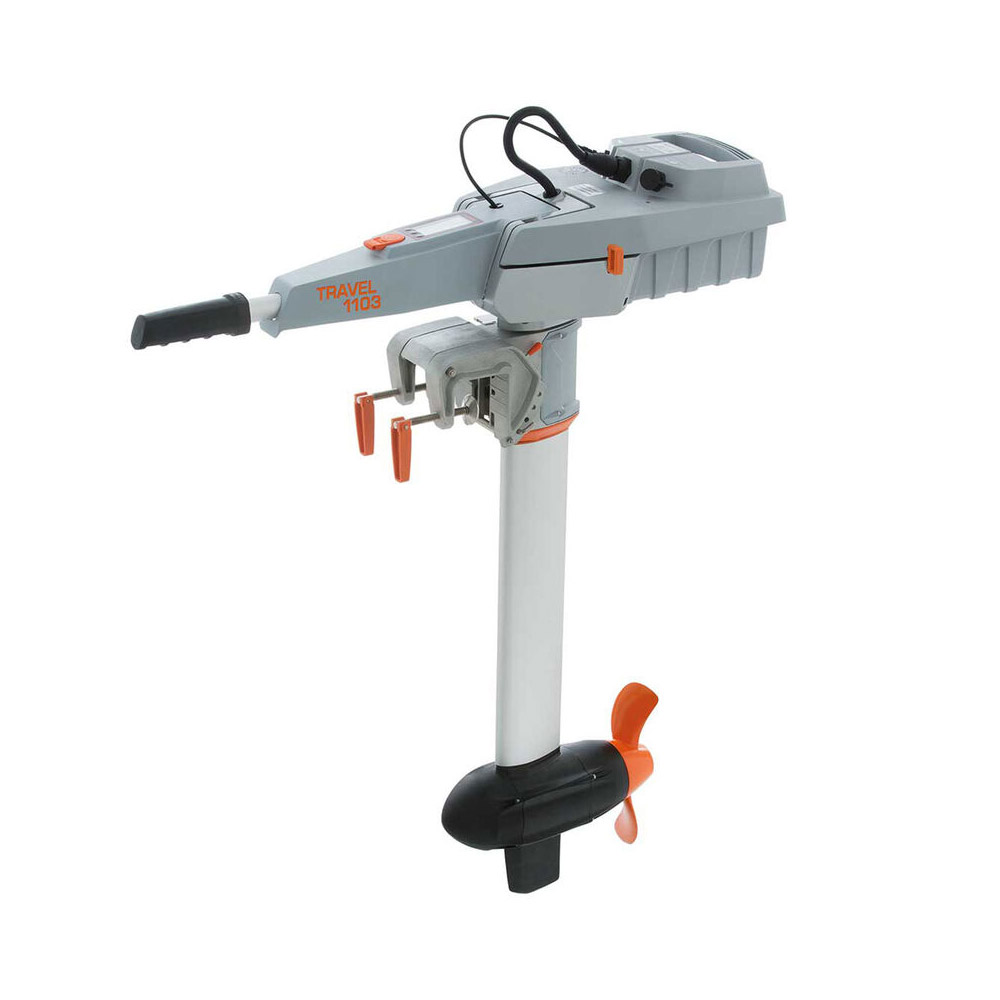
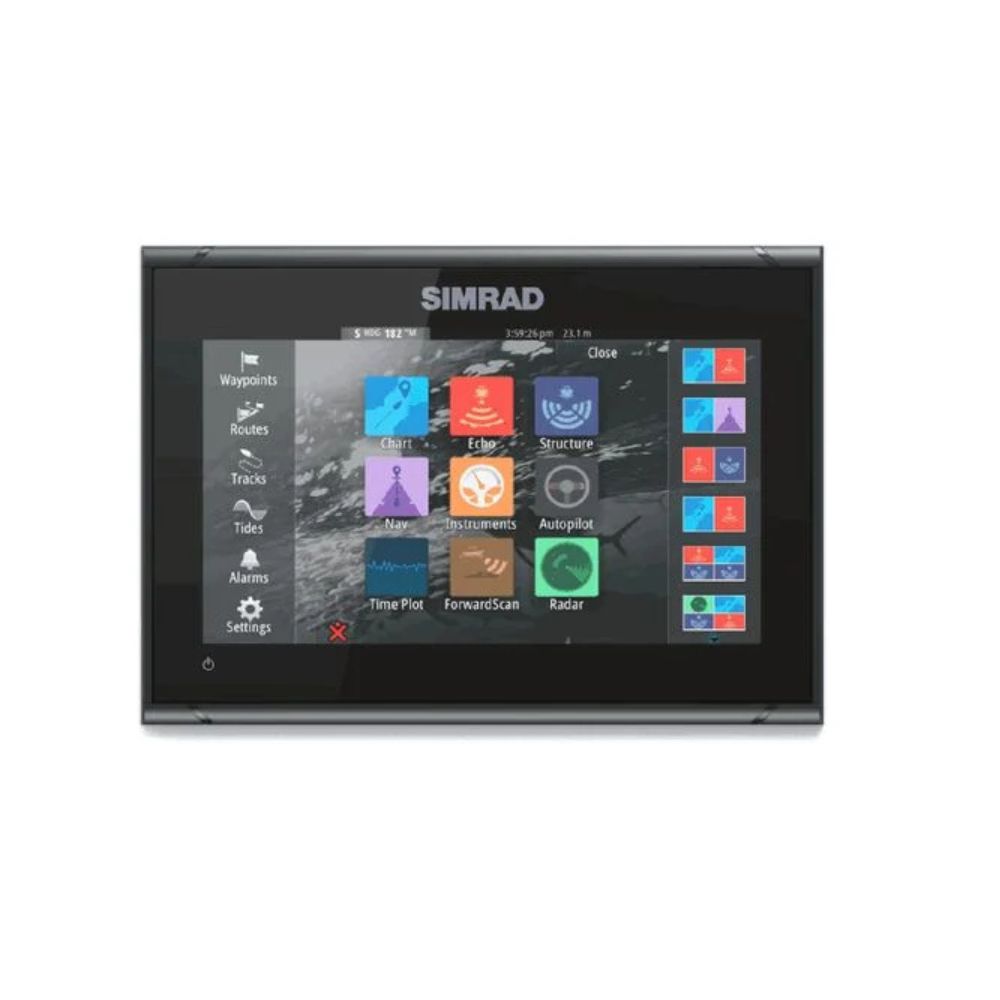
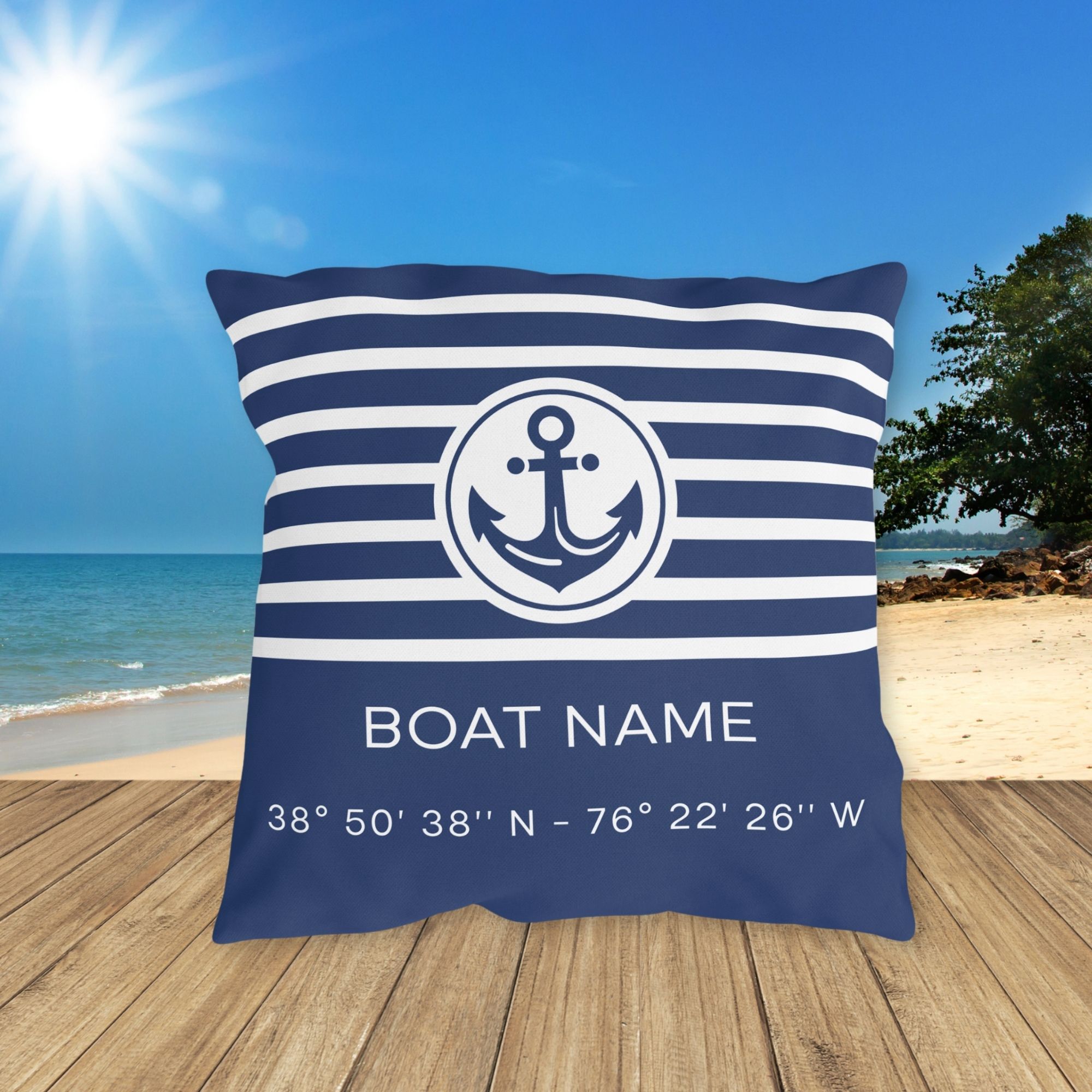
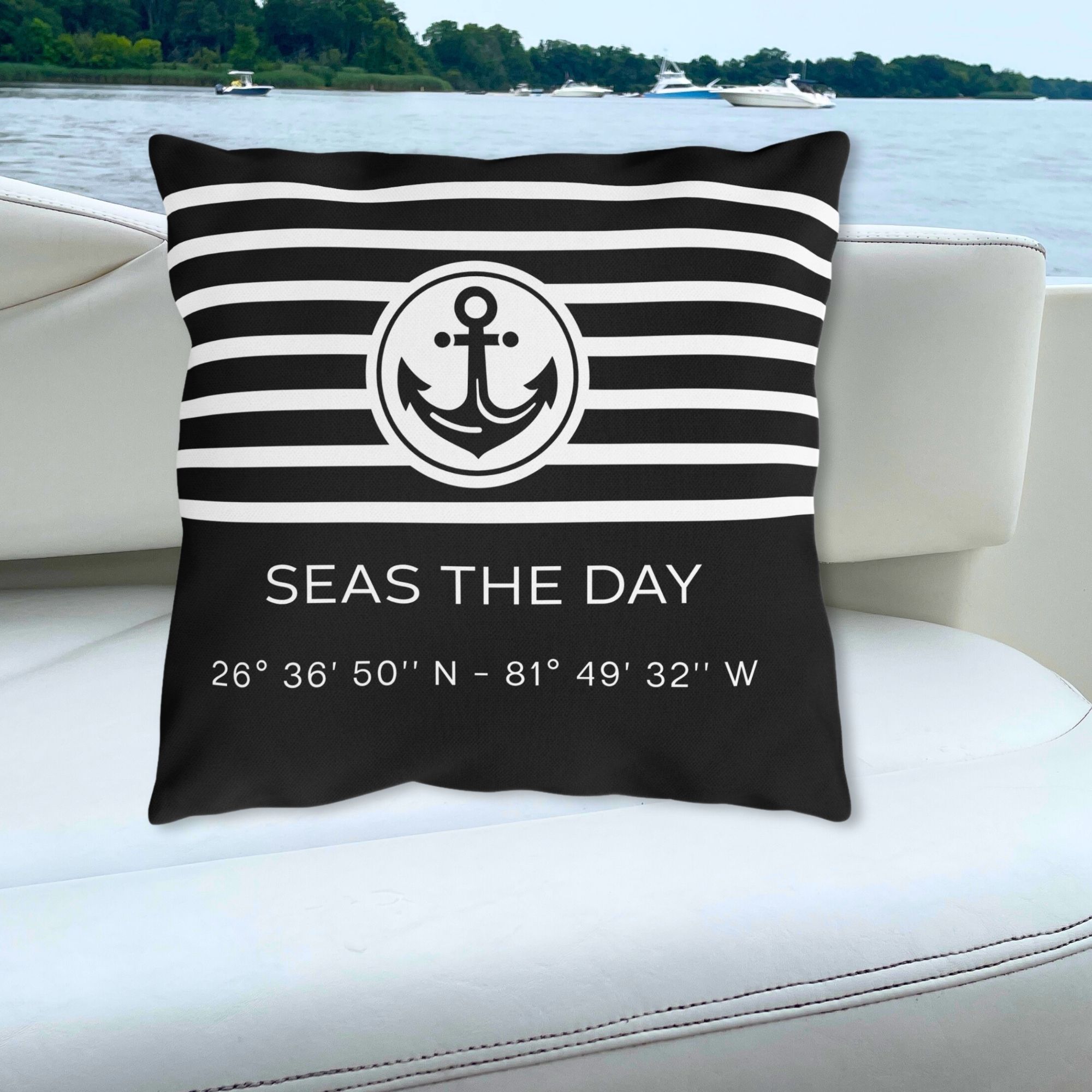
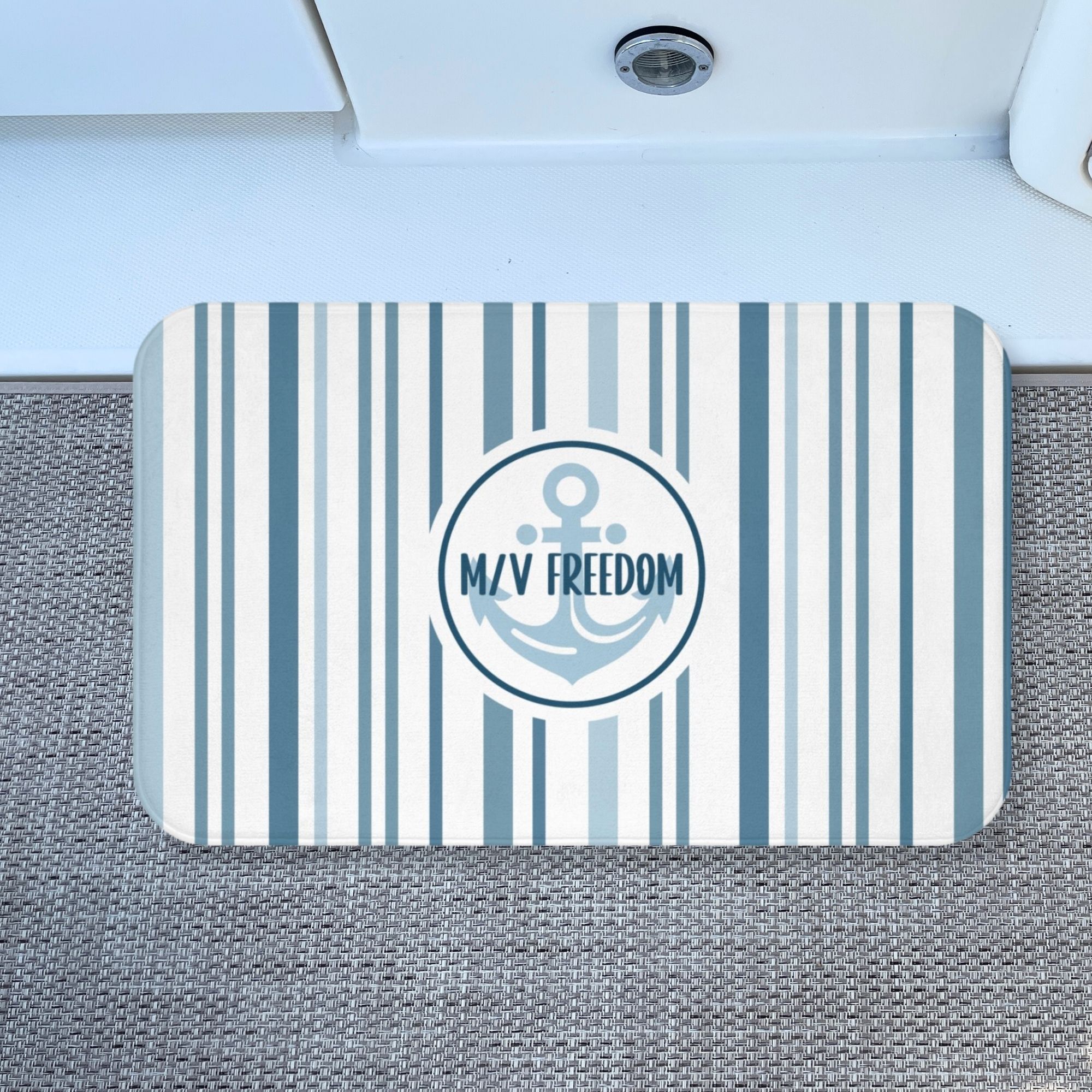
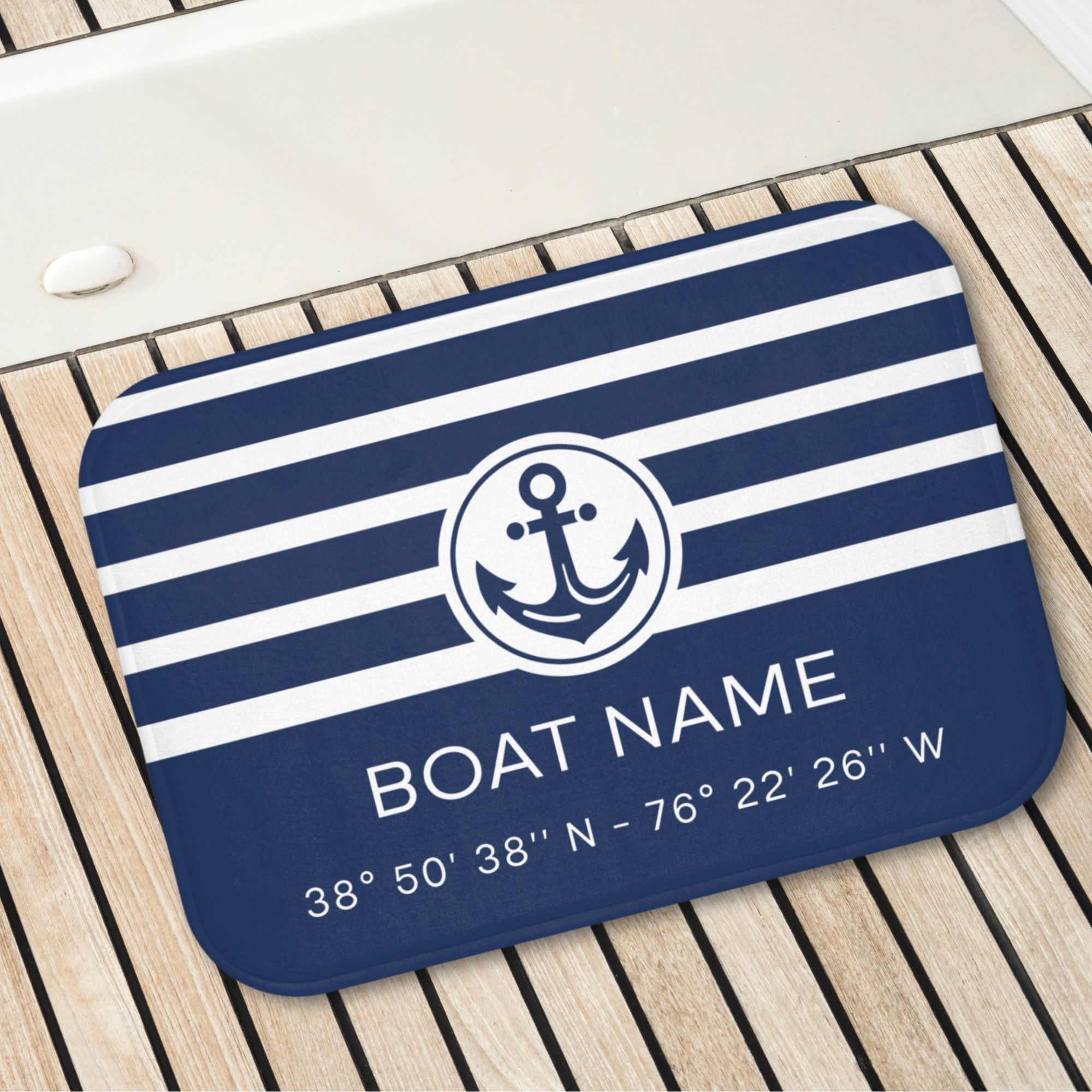
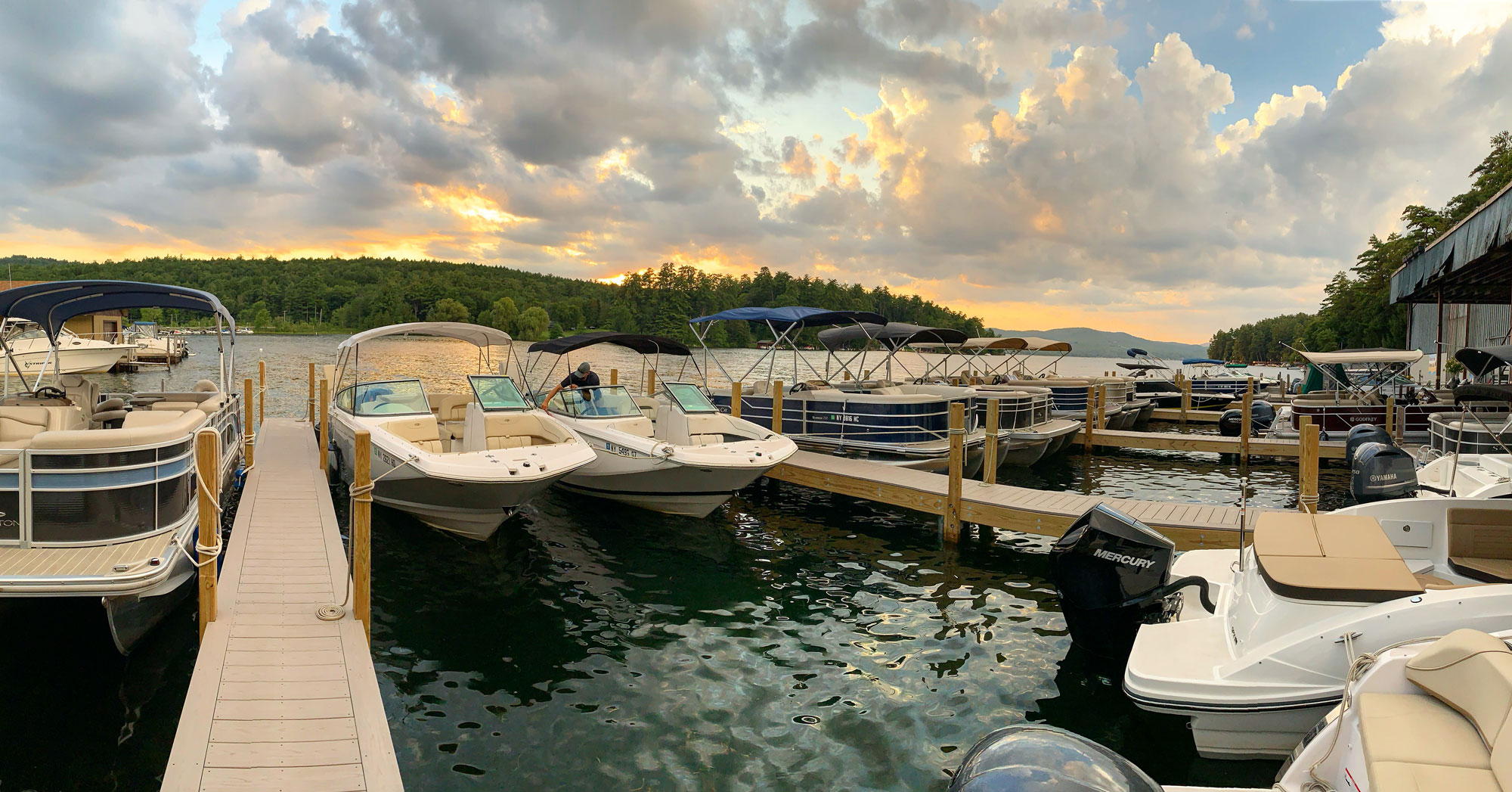
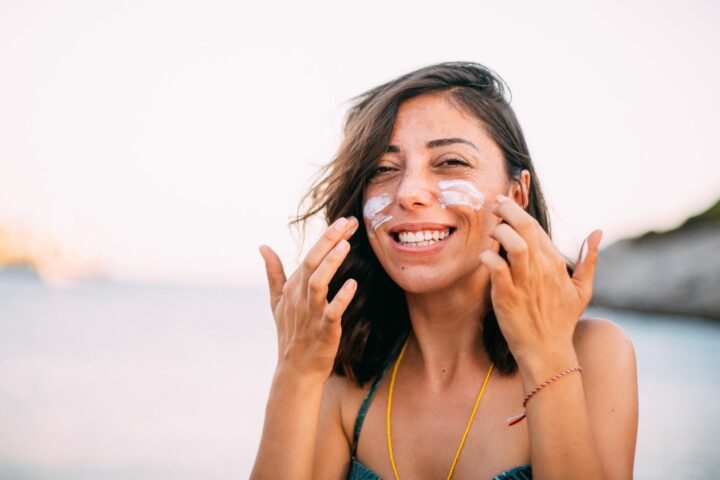
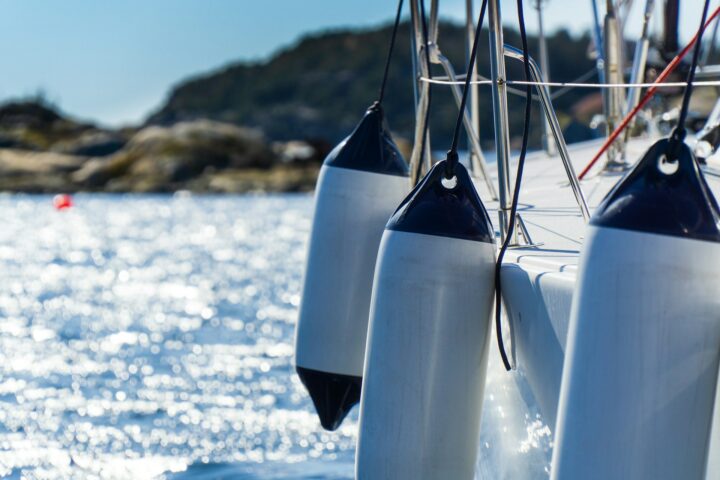
[…] A version of this article originally appeared on BoaterLifeOnline.com […]